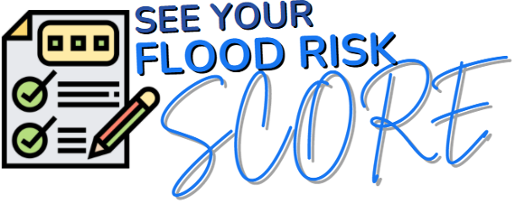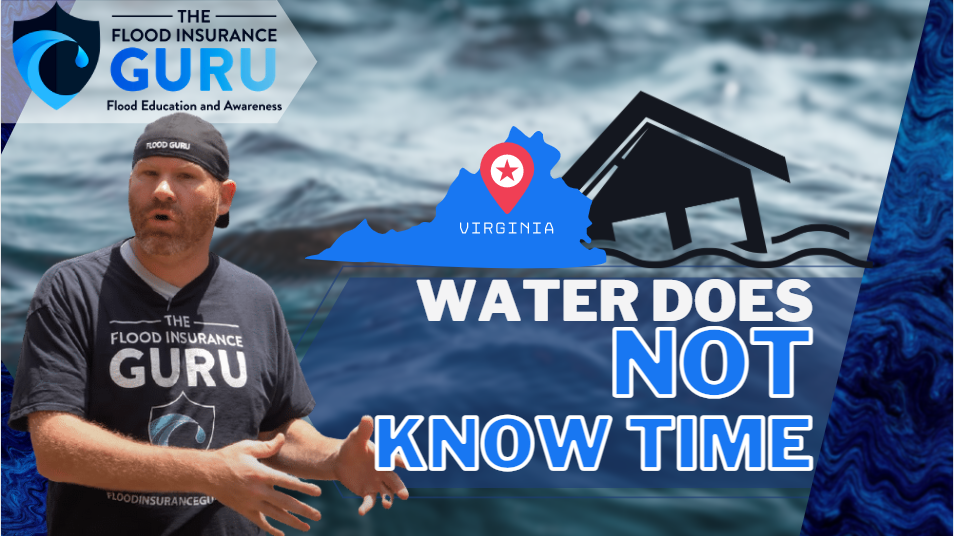
When it comes to flood, especially in this current hurricane season we're having, there's never enough time. Never enough time to really react when that water starts rushing in and since we're talking about properties that are mostly big stuff like houses, mobile homes, stores, and things like that, you can't really move these things into a higher area.

Today, we want to address the recent flooding in the southwestern areas of Virginia which already devastated 20 homes and led to one person missing at the time of writing. We also want to address how we can best prepare and make the most of our time before that flood starts to happen.
Hurricane Ida Hits Virginia
Recent predictions of the path of Hurricane Ida — once tropical storm Ida that immediately escalated to a category-4 hurricane within a 24-hour period as it made landfall in Louisiana — said that the rainfall amount and wind strength would start to subside as it goes deeper into the country. However, this doesn't mean that there's no longer a chance of flood.
Just yesterday, Governor Jim Justice had to declare a state of emergency for 55 counties in West Virginia due to the consistent threat of hurricane Ida on the county. It was the best move as we've seen how much impact even a relatively small amount of rainfall can create. This state of emergency declaration only means that any flood warning will continuously be up since the flood risk is due to the rain.
NOTE: This state of emergency declaration won't be able to get you additional living expenses through the federal government since the president of the United States can only grant that coverage.
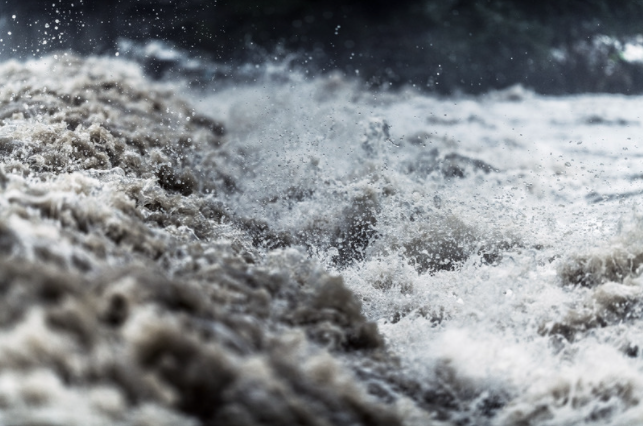
Buchanan County, VA — earlier, a small community in Buchanan County faced an epic flood that caused substantial flood damage to homes, trailers, and other properties. This is after receiving additional rainfall of more than 5 inches as Martinsville Bulletin reports. As we've mentioned at least 20 homes were wiped out by this flood event and 1 person is currently missing as per reports.
This event was shy of three days from the recent flooding and mudslides that happened over at Hurley, Virginia. This is after 3 to 6 inches of rain fell down which impacted areas like Guesses Fork, Paw Paw, and Race Fork.
The floods that are happening in Southwest Virginia are remnants of Hurricane Ida, but the damages would show you that there's a different story about this. One where the moral lesson is that water doesn't know time and will not follow our schedules. We've seen what catastrophic floods can leave in their wake, so how do you protect yourself from these types of situations?
Insurance, Awareness, Preparedness, and Education
When it comes to flood insurance, it's a very easy process compared to how much it can save you when it comes to any type of flood: flash flood, coastal flood, floods due to tides, and things like that. The main concerning fact about flood insurance is many property owners, even those in coastal counties, don't buy flood insurance because they're "not in a flood zone".
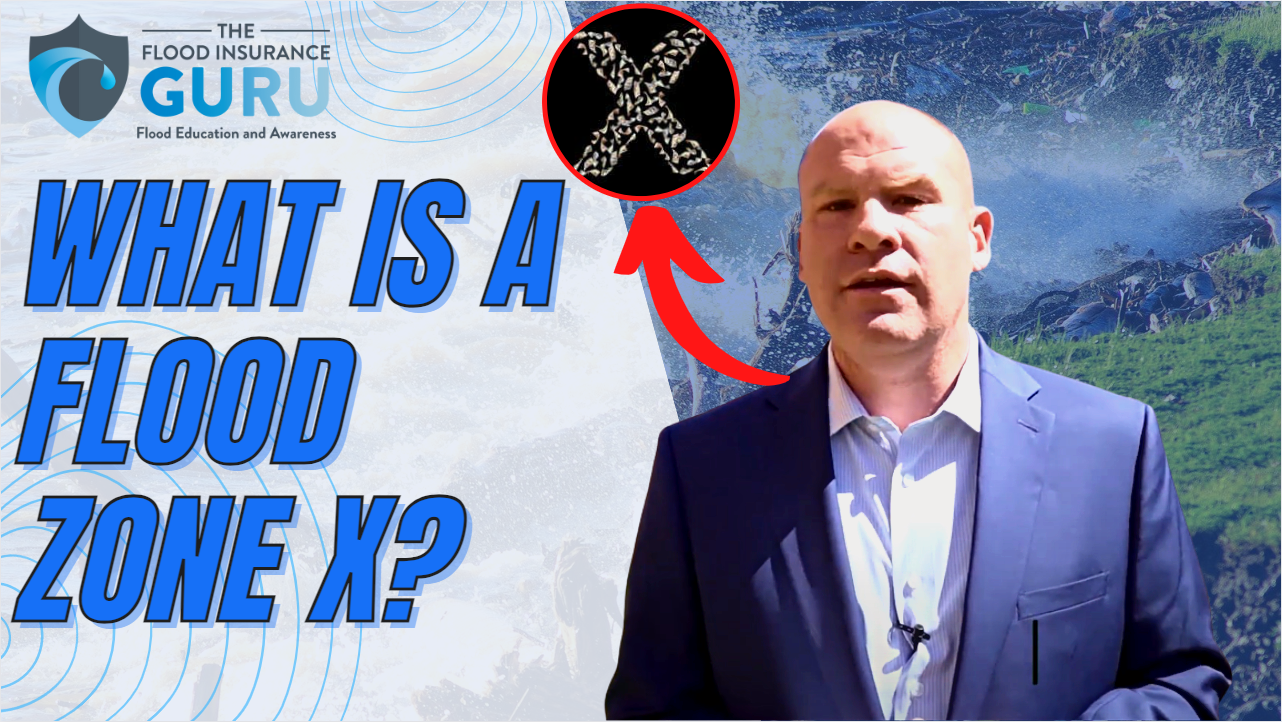
We always have to keep in mind that all flood zones get flooded. This is regardless of being in low-risk flood zones, like Flood Zone X, and high-risk flood zones also known as the special flood hazard area (SFHA) like Flood Zone A. Generally, these zones just determine the chance of flooding in a floodplain.
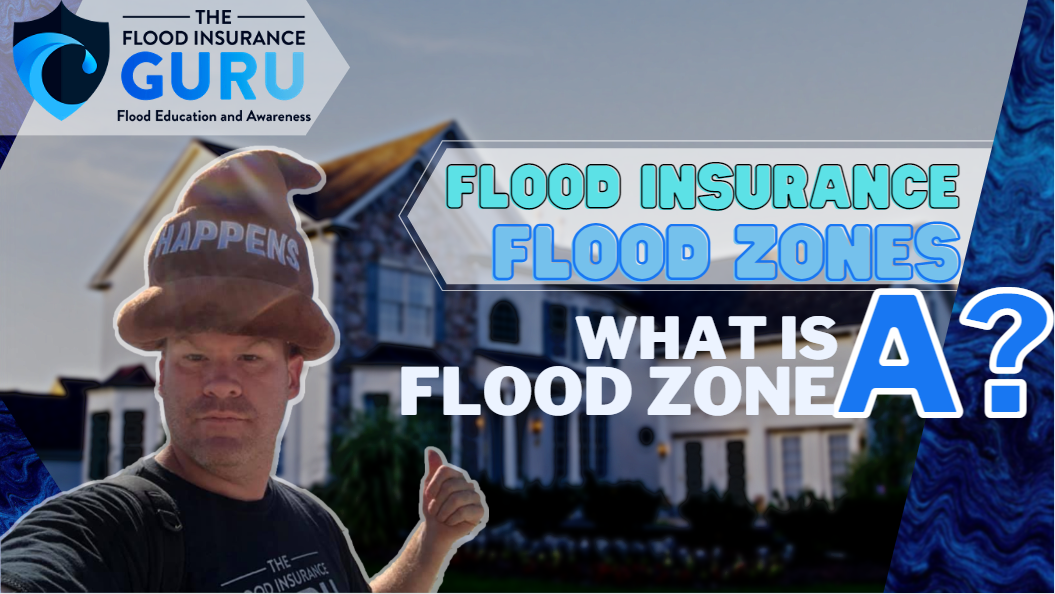
One of the biggest changes to federal flood insurance through the Federal Emergency Management Agency (FEMA) and the National Flood Insurance Program (NFIP) is what's called a Risk Rating 2.0. The new Risk Rating 2.0 program will address flood zones only as a regulatory standard whether or not you'll need to carry mandatory flood insurance with your property.
This is a great change because nowadays with climate change flood zones don't really determine how much flood you'll get. We've how larger floods came into low-risk zones because of heavy rainfall, how major storms easily increase flood levels as rivers, river basins, streams, or lakes receive water.
The Risk Rating 2.0 will address your property's unique individual flood risks through what's called a "flood risk score" system. This is measured by looking into multiple flood risk variables of your property such as:
- Flood frequency or interval of floods on your property.
- Types of floods that your property receives.
- Rebuilding costs or value of rebuilding your property.
- Prior claims or flood claim variable. You can read more on this through our blog by CLICKING HERE.
- First-floor height and elevation of the property.
- Flood mitigation efforts made on the property.
In these times of intense storms which can really cause a lot of catastrophic damage through strong gusts of wind and creating flood magnitudes that can cause massive property damage, you want to make the most of a flood warning or flood watch imposed by the federal government.
One of the biggest enemies when it comes to natural disasters like this isn't the storm causing storm flooding, an active rainfall event increasing water levels, or inches of rain causing flash floods. The biggest thorn to our side when it comes to floods is the lack of preparation.
We hope that Virginia and its residents are safe. If you have any questions on flood insurance, how to see your flood risk, or if you want to file a flood claim, reach out to us by clicking below:
Remember, we have an educational background in flood mitigation which lets us help you understand your flood risks, flood insurance, and mitigating your property long-term.


